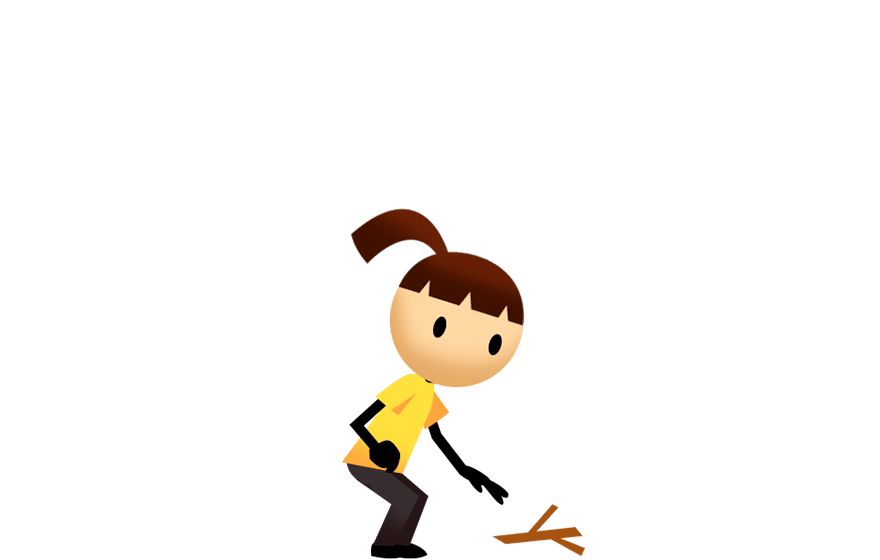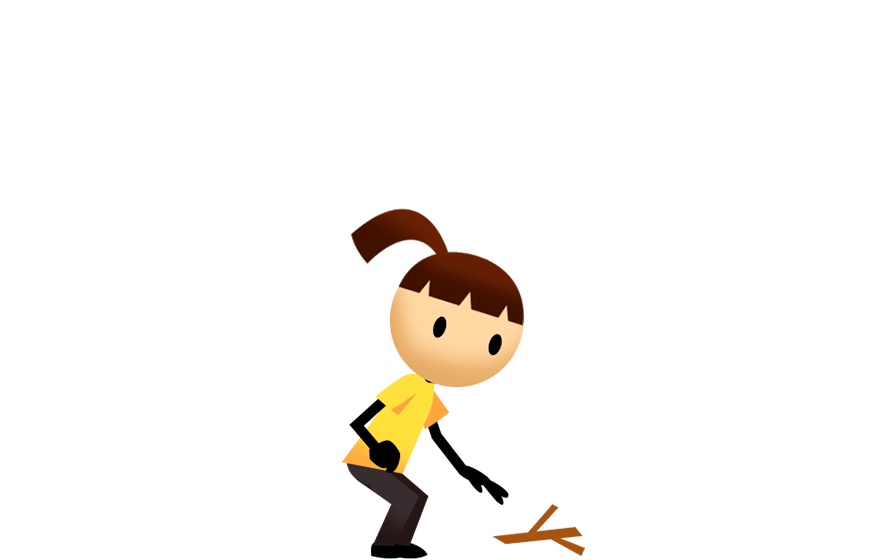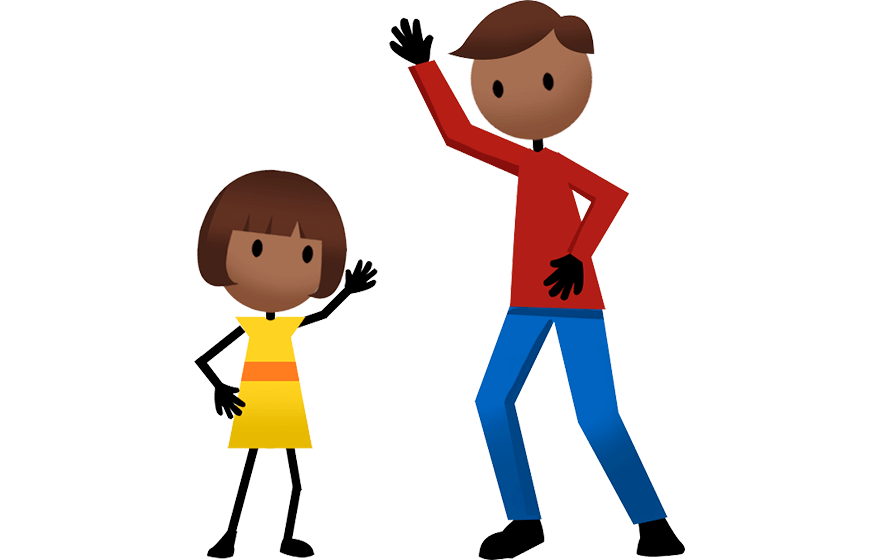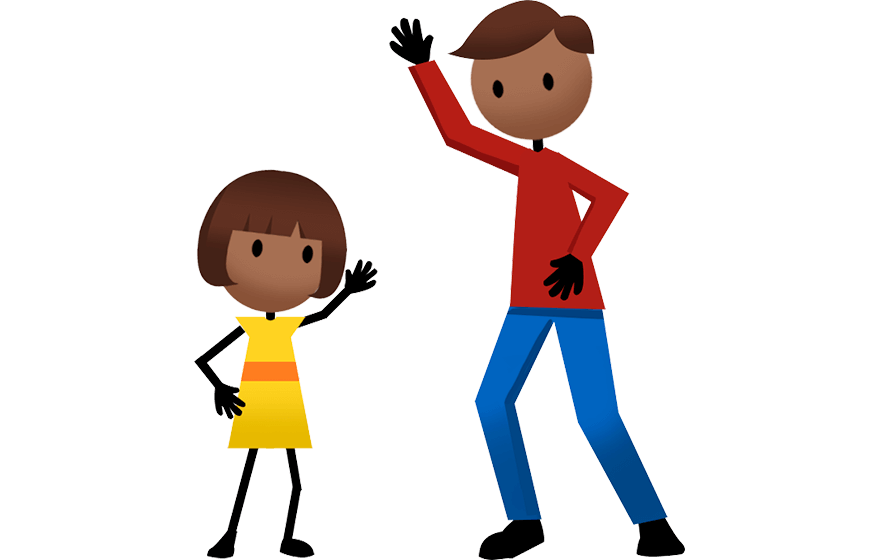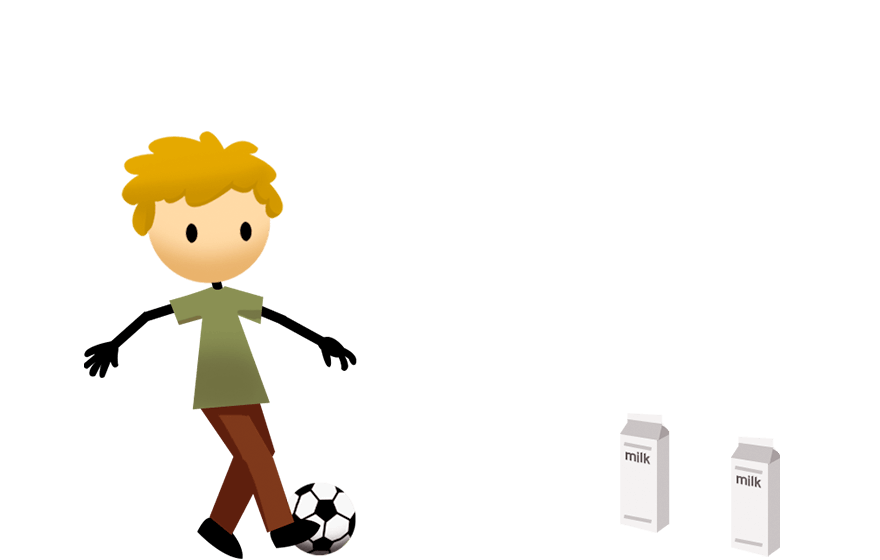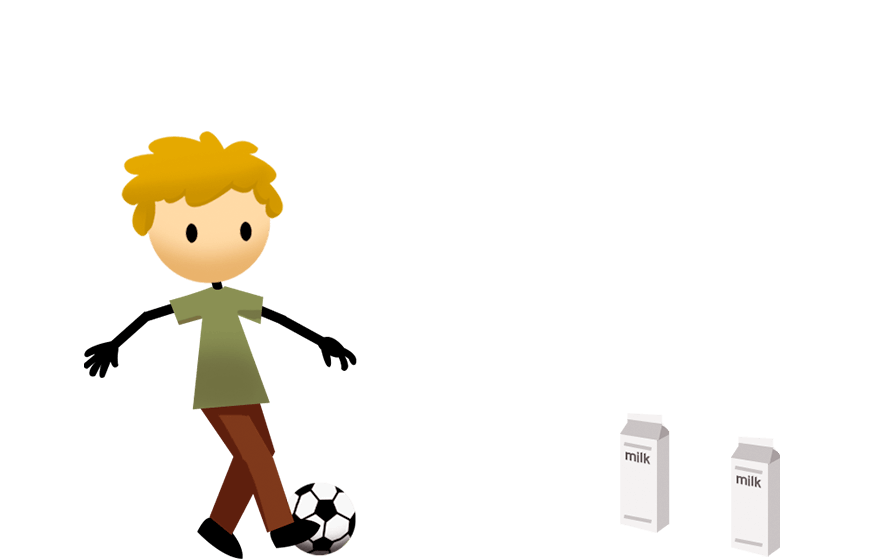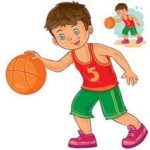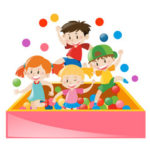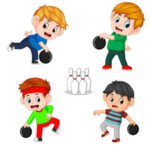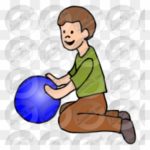
Tightrope
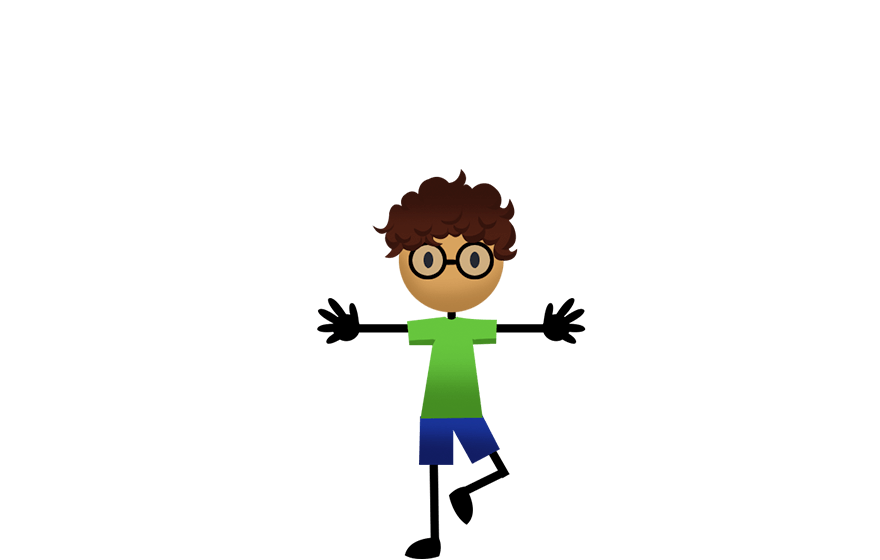
Requirements
- A rope, ribbon, or any line on the ground
Instructions
- Find a straight line on the ground, or make one with rope, ribbon, or chalk line 5-6 metres long.
- A long pavement crack or concrete joint can also work.
- Show your child how to walk along the line heal-to-toe.
- Show how to extend arms for balance.
- Try walking along the line from start to finish without stepping off the line. If you do, you’ve “fallen.”
- Introduce imaginary scenarios for fun. Example: Pretend you are circus tightrope walkers.
Variations
- Try walking along the line backwards, sidestepping, or crawling on all hands and feet
- Create a tightrope obstacle course using several ropes, ribbons or lines on the ground – use a different walk on each length (forward, backward, sidestep, etc.) – you can designate “safe zones” between parts of the course to give your child a rest
Benefits
This activity develops coordination and balance as kids try to walk a straight line on a rope lying on the ground.




